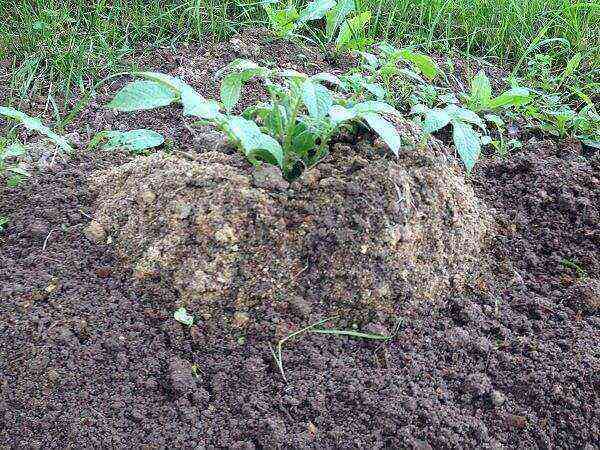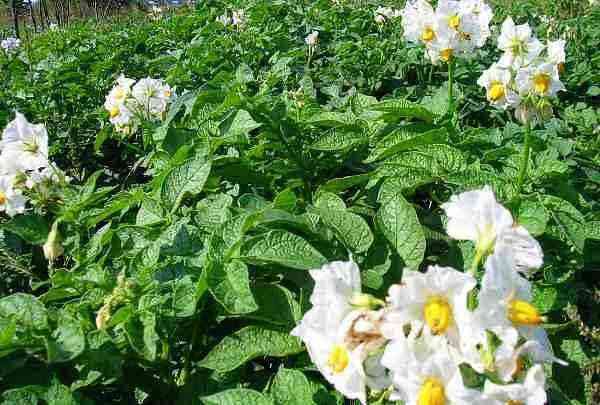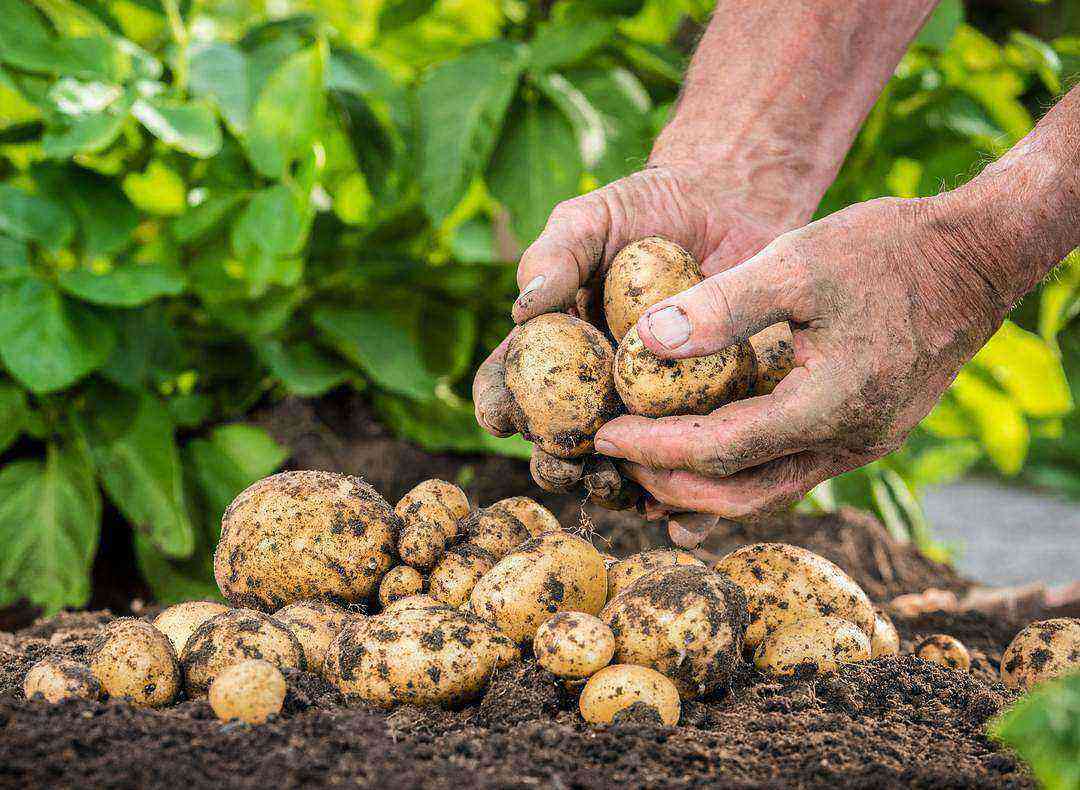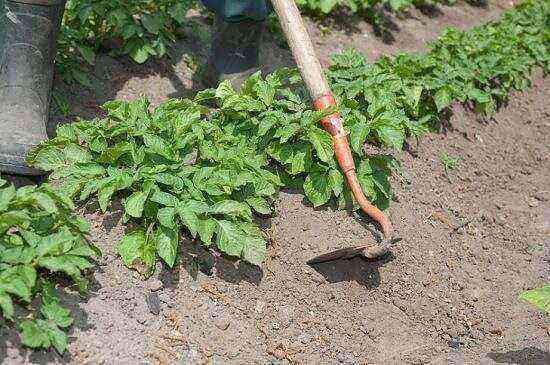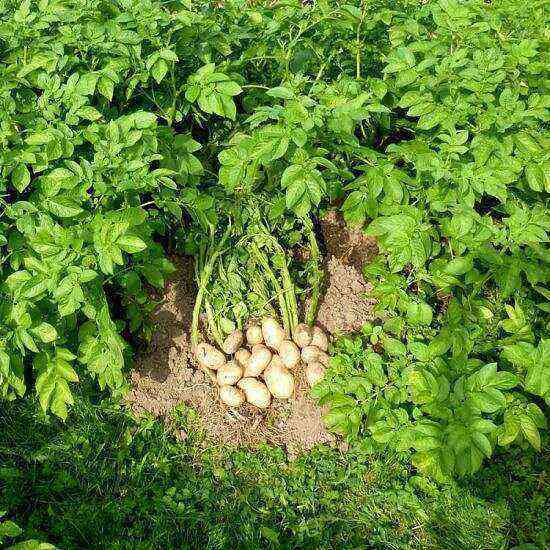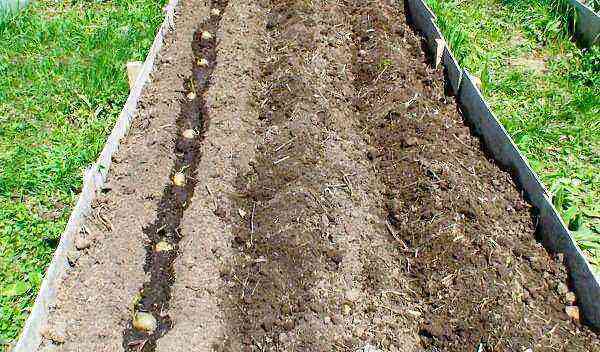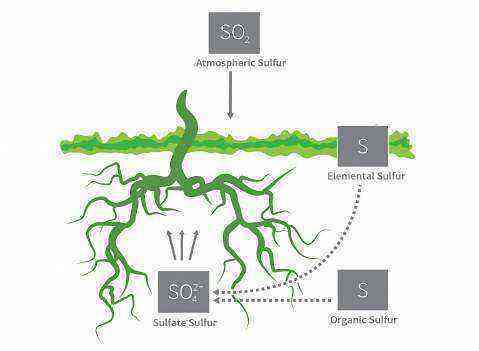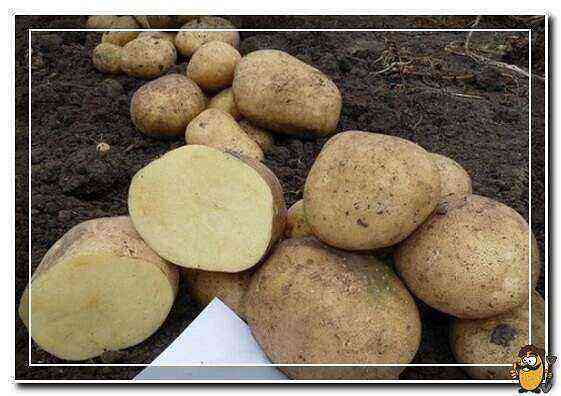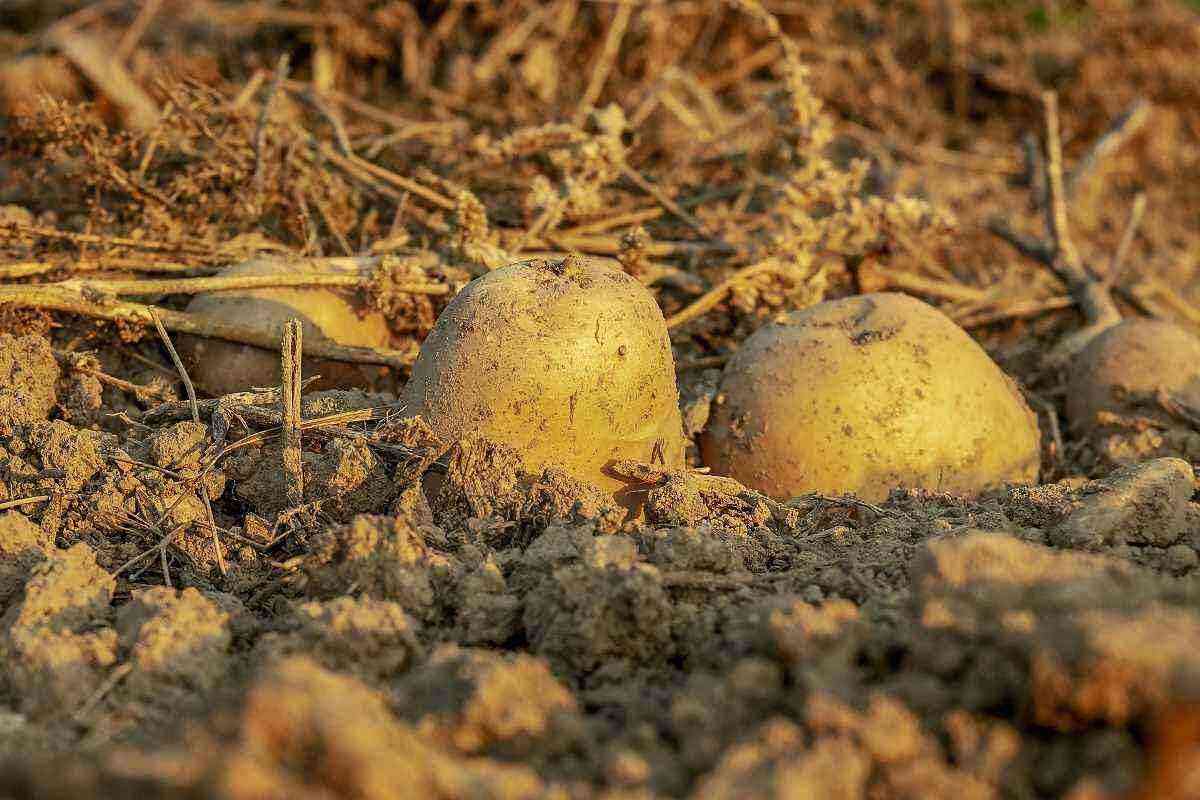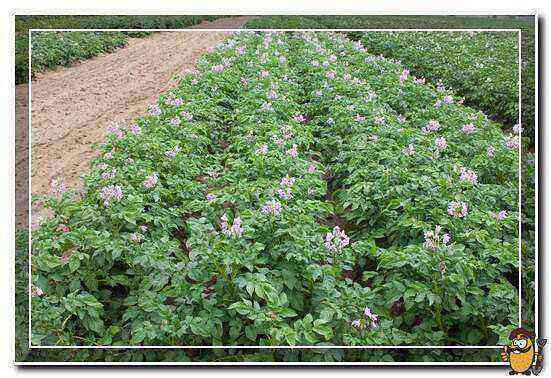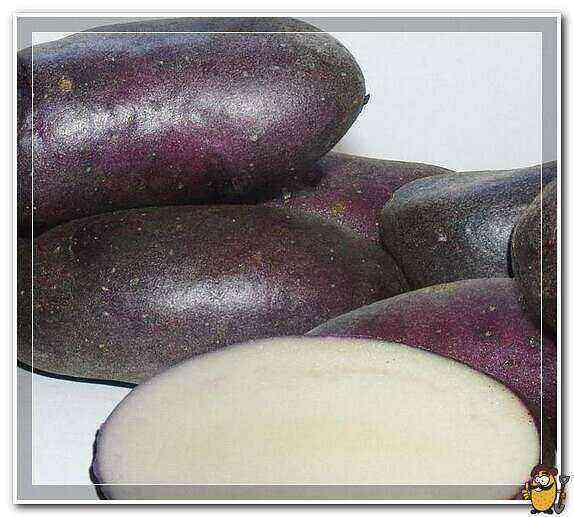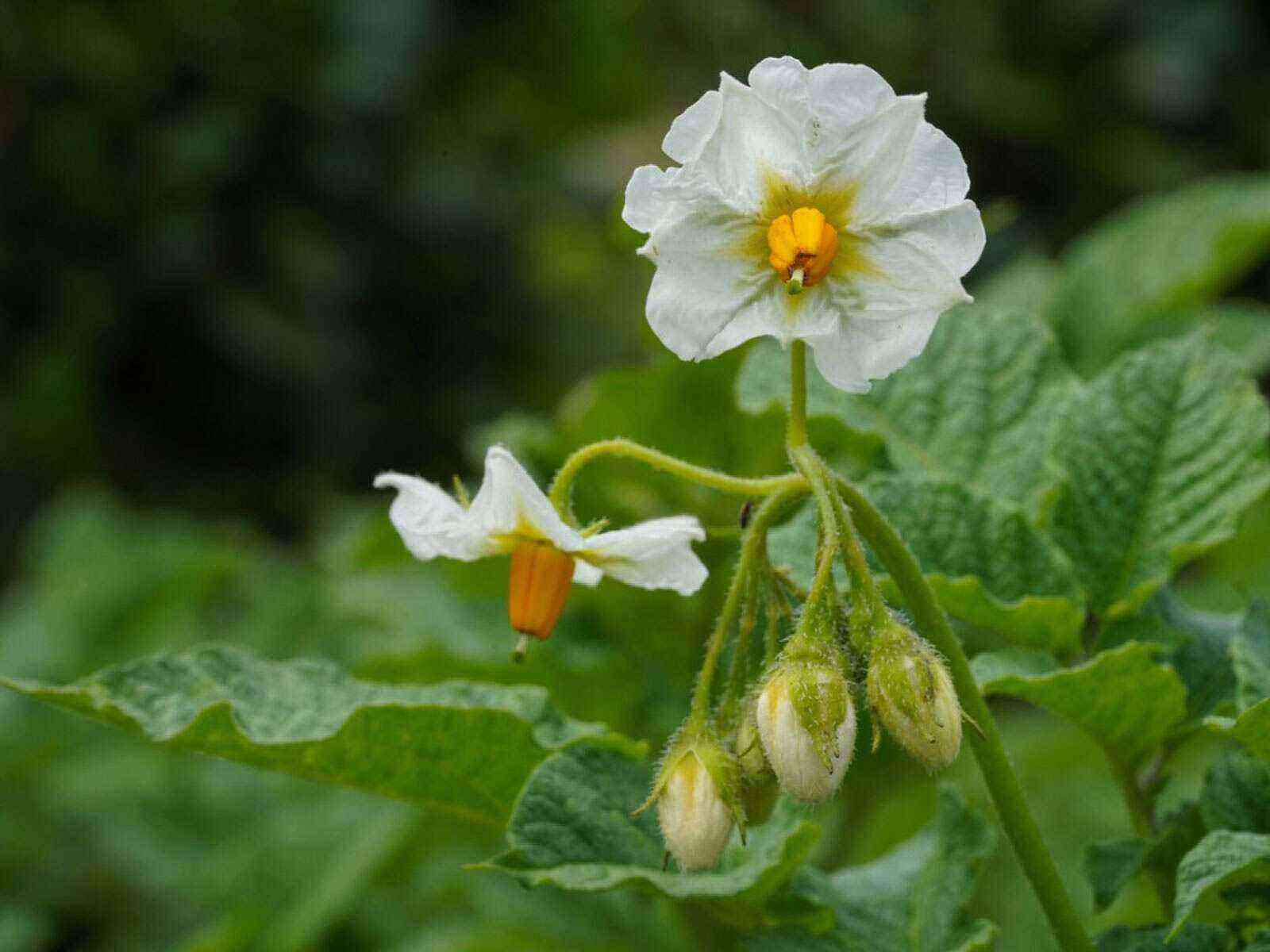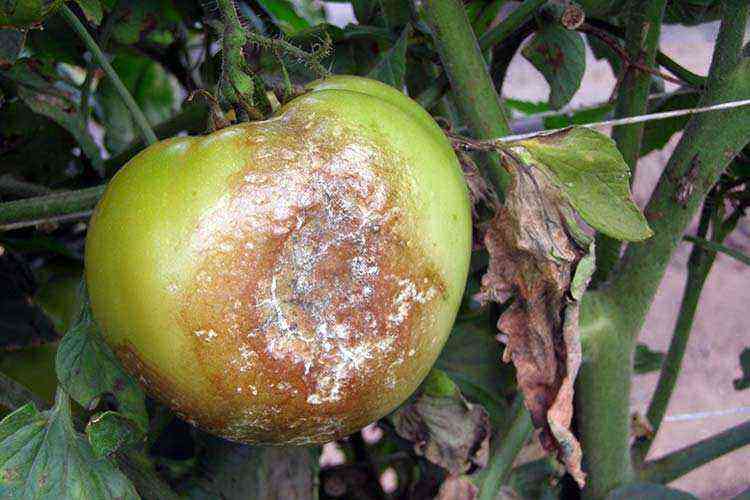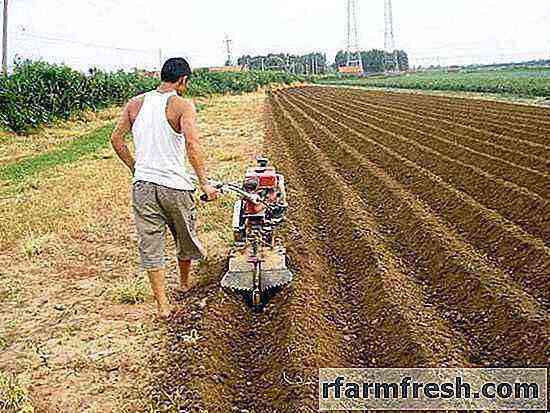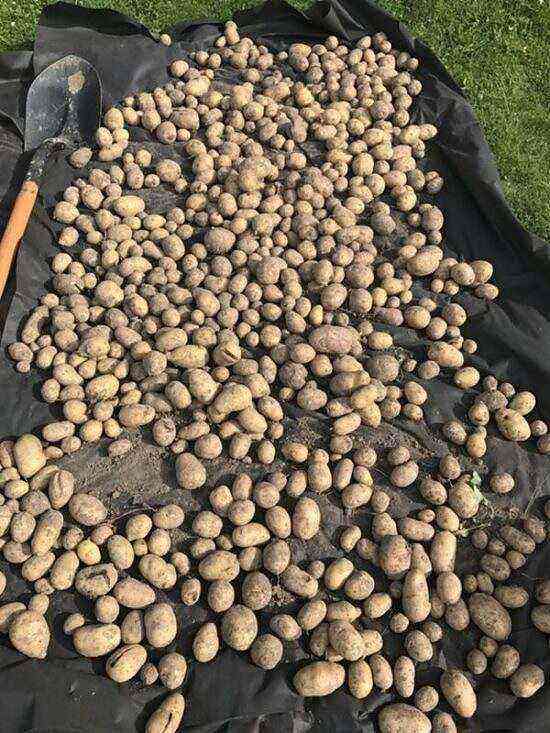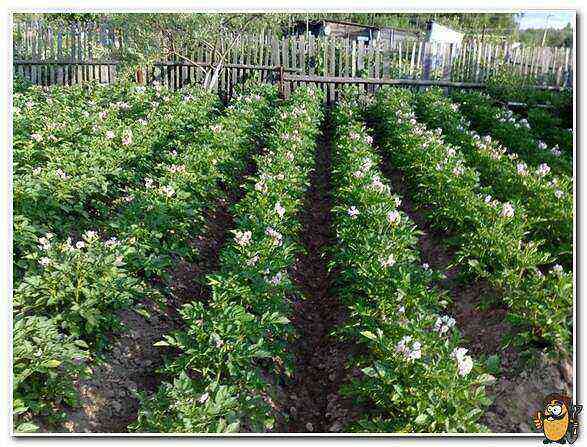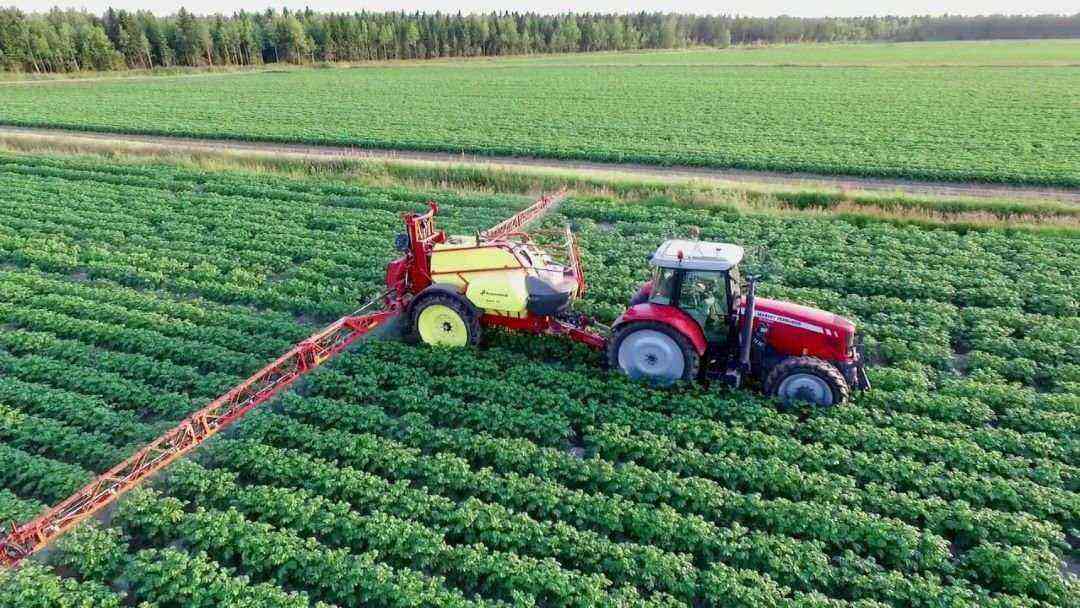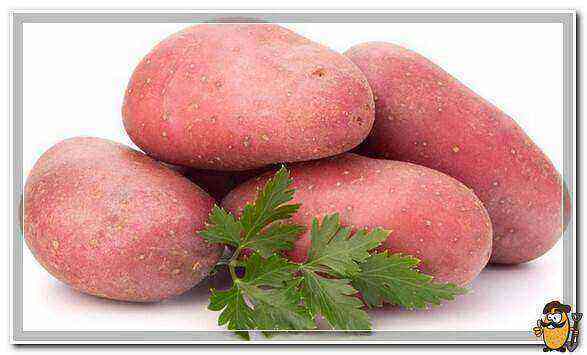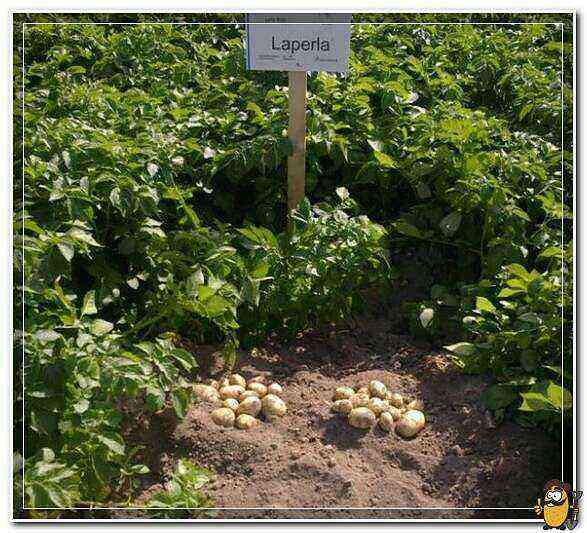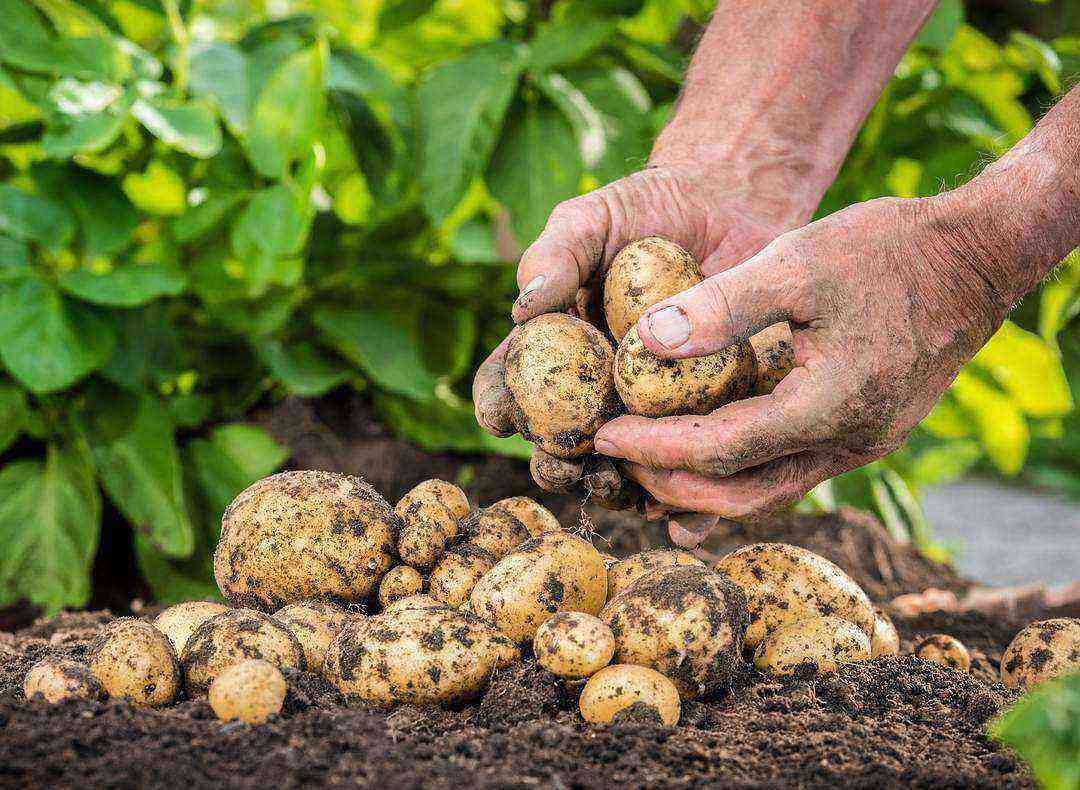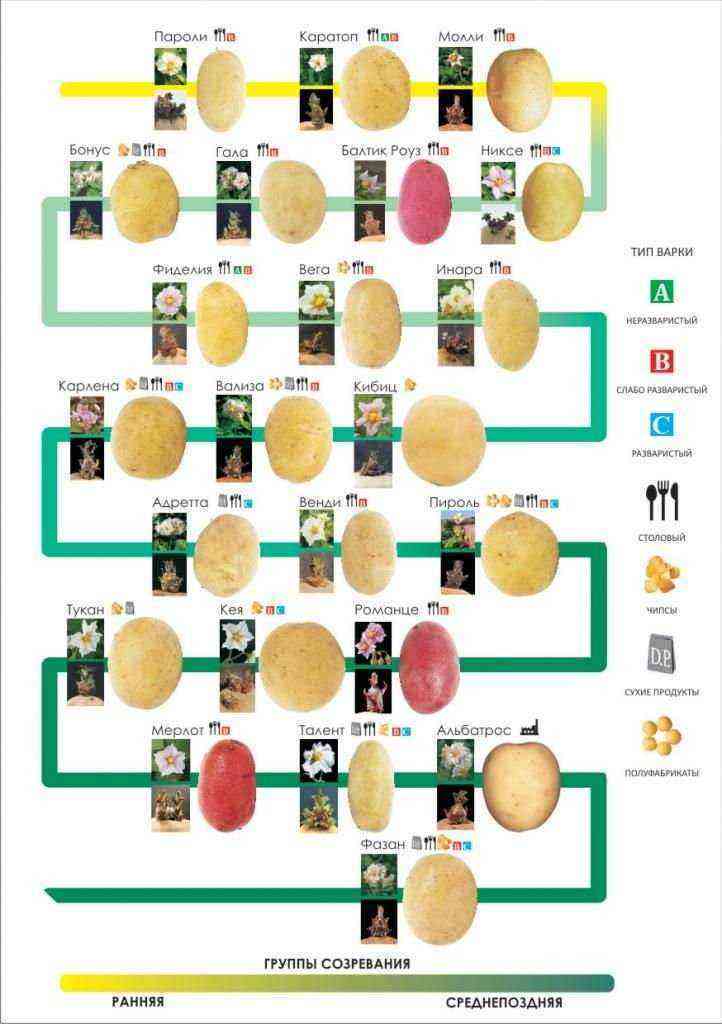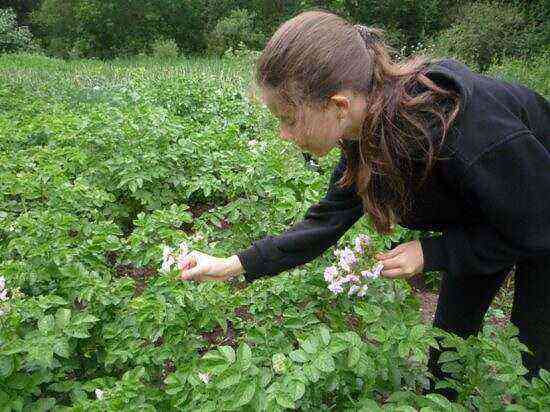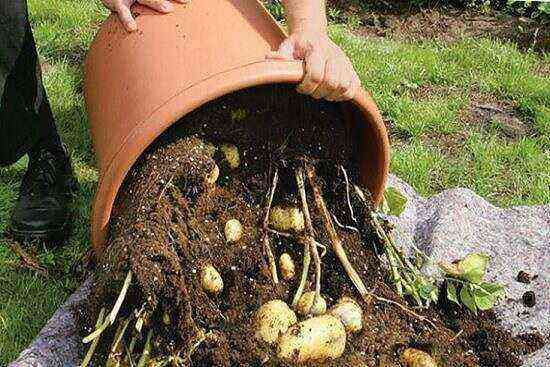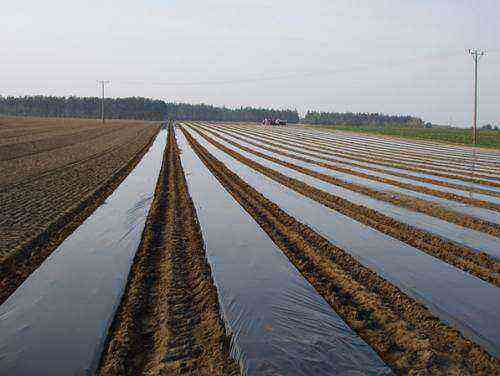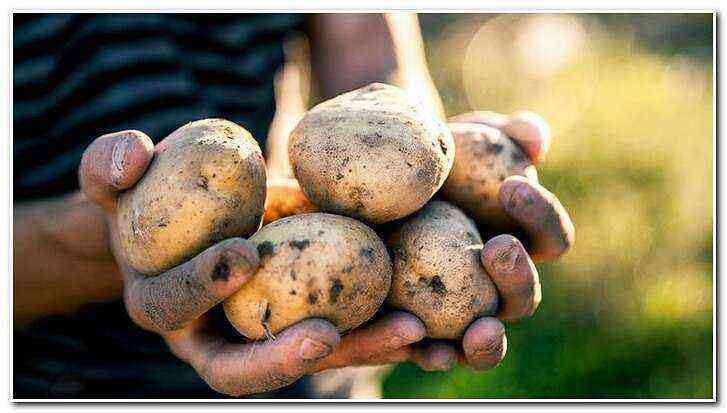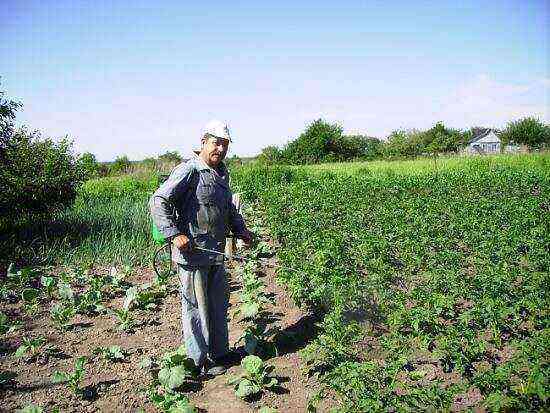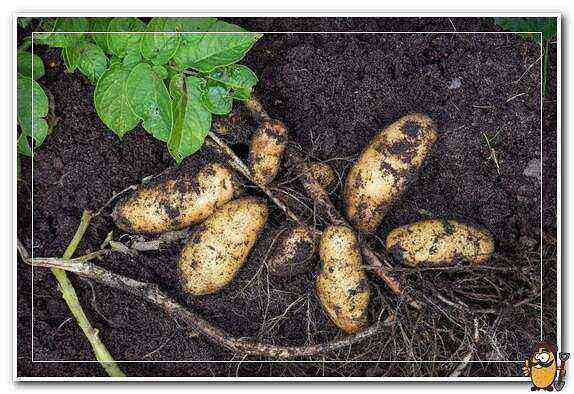Alternaria develops on potatoes due to mold damage. Roots affected by the disease should not be eaten. They are dangerous to health, since they greatly increase the likelihood of developing various forms of allergies and bronchial asthma. Having recognized the signs of the disease in time, you can try to save the crop using biological and chemical preparations. But it is better to take preventive measures in advance.
Description of the disease
Alternaria is also called dry spotting. A fungal infection that causes the disease, except for tubers, affects the entire aerial part of the plant. All nightshade crops suffer from this disease. In terms of damage, the damage to potato plantings by Alternaria is comparable to the consequences of late blight. The yield is reduced by a third.
A fungal infection provokes the appearance of round spots of a brown or dark brown hue on the leaves. They are clearly visible 15-20 days before the flowers open. With the massive spread of the fungus, the leaves turn yellow and crumble. The same spots affect the stems of a potato bush. The fungus spreads especially actively at an air temperature of +26 degrees and high humidity.
Causes
The disease is caused by the Alternaria fungus after the ingestion of its cells and mycelium on the tubers. Usually, the infection occurs at the time of landing. The fungus passes from the plant debris or old tubers remaining in the soil into a favorable, nutrient medium. The infection spreads throughout the field throughout the warm season. Disease cells are carried by wind, raindrops, and some types of insects.
Important!
The incubation period of this disease lasts from 3 to 8 days. Under favorable conditions, it is reduced to 4 days. Young plants with a height of bushes up to 20 cm are the first to suffer.
The development of the disease occurs in this order:
- Once on the green part of the plant, the fungus grows into plant tissue. It penetrates through damaged skin and stomata.
- The mycelium fills the intercellular space, releasing acid as it develops. It eats away at the tissues of the tops and stems.
- Gradually, the disease spreads to the tubers and the lesion increases.
Under the influence of a moldy fungus, leaf necrosis develops. Then the entire aerial part of the bush gradually dies off due to a violation of the processes of respiration and nutrition. The risk of developing Alternaria increases under the following circumstances:
- if the soil is poor in nitrogen and potassium;
- if there is a lot of phosphorus in the soil;
- with overdried soil;
- if the summer is hot;
- if the seed is not properly prepared for planting;
- with prolonged stagnation of water after irrigation or rain;
- if the tubers were infested before planting;
- with weak plant immunity;
- when growing potatoes together with other nightshade plants infected with Alternaria;
- during attacks of insect pests.
Signs and symptoms
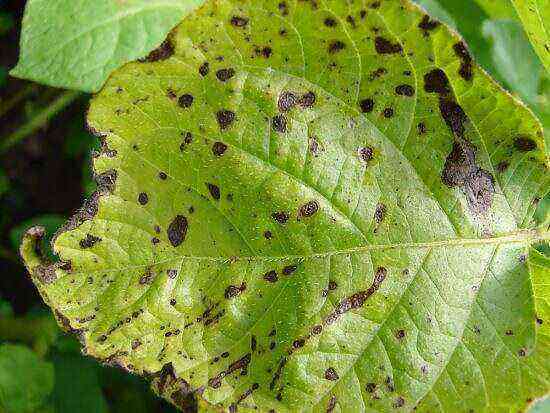
When a fungus is affected, small dark spots with concentric circles appear on the leaf plates. A black bloom is clearly visible on the underside of the leaf at the site of darkening. As the disease progresses, the spots increase in diameter and gradually become covered with a velvety coating of olive color. If untreated, they merge and cover the leaves completely. The tissues in the affected areas become fragile and die off.
The petioles and stems are covered with strokes under the influence of the fungus. Gradually, they merge to form a solid dark spot. They have an elongated shape and are immersed in plant tissue. The size of the spots ranges from 3 to 5 cm.
Read also!
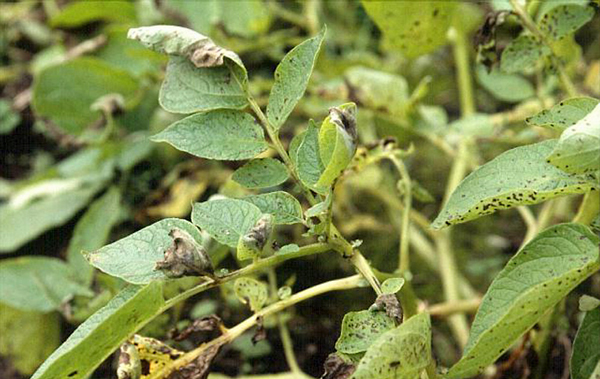
It is not possible to recognize Alternaria on tubers according to the description and start treatment immediately, since the disease develops from the aerial part of the plant. Infected tubers develop rounded, depressed spots on the surface. Their color is darker than that of healthy root tissues. Concentric circles are clearly visible on large spots. If a diseased tuber is cut, tissue necrosis can be seen. Its structure is similar to dry rot. You can see what a potato with Alternaria disease looks like in the photo.
Important!
Sometimes it is impossible to detect Alternaria at the time of harvest. Spots appear on tubers only 14 days after contact with the fungus. Therefore, when there are cases of Alternaria on the site, the crop is not immediately sent for storage.
Control measures
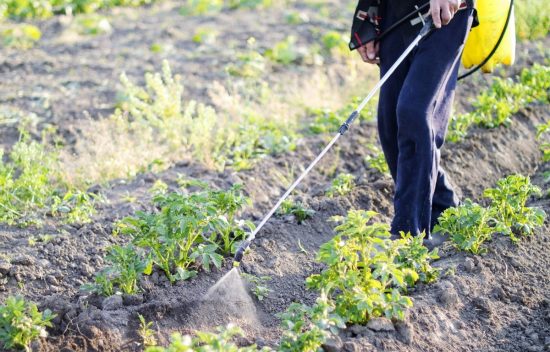
With alternariosis of potatoes, treatment begins immediately after the onset of the first symptoms. Otherwise, crop losses will greatly increase. For this, treatment with biological preparations is used. If the lesion is massive, stronger chemicals are used for spraying.
Biological preparations
The use of biological agents is effective only at the initial stage of the development of the disease. It is far from always possible to notice the first dark spots on potato leaves in time. Therefore, such preparations are more often used for pre-sowing treatment of potatoes.
Most often, seed material is sprayed with solutions of the preparations “Integral”, “Agat-25” or “Baktofit” before planting. If the planting material has not been treated, after germination of seedlings they are sprayed with Planriz. It will reduce the likelihood of spreading Alternaria after the start of the growing season.
Chemicals
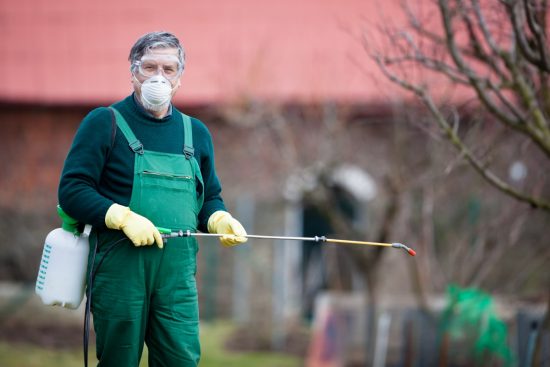
Substances in this group are very toxic. Therefore, their use is associated with health risks. Plants are treated only in protective suits. The hands are protected with rubber gloves, and glasses and a respirator are put on the face. After finishing work, clothes are washed, and the body is washed with soap. The working solution is sprayed with a long nozzle. After completion of work, all parts of the sprayer must be washed from all residues of the fungicide.
Chemicals are diluted according to the instructions. They are sprayed onto green parts of plants after signs of disease are detected. It is best to destroy the pathogenic fungus solutions of the following drugs:
- Thanos;
- Novozri;
- Profit;
- Утан;
- Cuproxate;
- Mancozeb;
- Penkozeb.
These drugs are diluted at a concentration of 0,2 to 0,3%. Additionally, you can carry out the treatment with solutions of means “Cuprikol”, “Metaxil”, “Acrobat MC” with a concentration of 0,4-0,5%.
Important!
With early detection of signs of Alternaria, a good therapeutic effect is given by treatment with the drug “Bravo”.
After digging up the crop to prevent the appearance of signs of Alternaria on the tubers, they are treated with the drug “Maxim”. The first spraying of root crops is carried out immediately after the detection of suspicious spots. Then, during storage, reprocessing is periodically performed. Moreover, the higher the temperature in the storage, the more often spraying is carried out.
Prevention
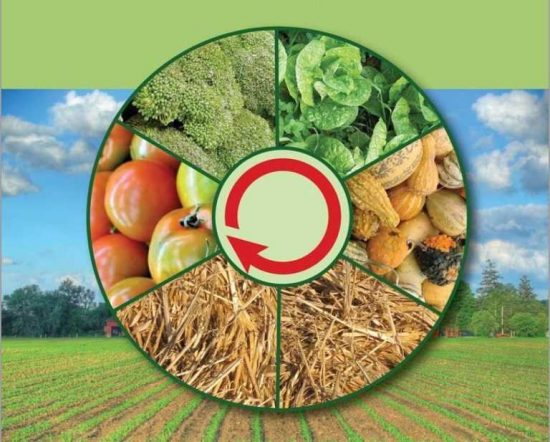
Alternaria is a dangerous and difficult to treat disease. It is easier to prevent it than to treat it later. Therefore, immediately after harvesting, all plant residues are collected and destroyed so that the pathogen cannot overwinter in them. Additionally, the area is plowed deeply for the rapid decomposition of plant residues.
When planting potatoes, the rules of crop rotation are observed. On one site, it is planted at a frequency of 1 time in 3-4 years. Only healthy tubers are taken for seeds. All specimens are examined before planting and the suspicious ones are thrown away. Before laying in the ground, the seed is treated with drugs that prevent the development of the disease. Potatoes are planted away from tomatoes, which can also be infected with Alternaria.
Read also!
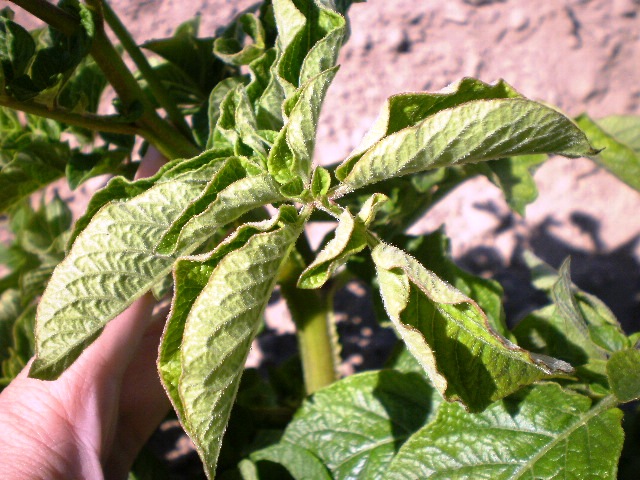
During the growing season, the bushes are regularly sprayed with antifungal drugs. The first treatment is carried out at the stage of closing the bushes. All insect pests are destroyed because they are able to spread the infection. After digging up the harvest, diseased tubers are separated from healthy ones.
Alternaria-resistant varieties
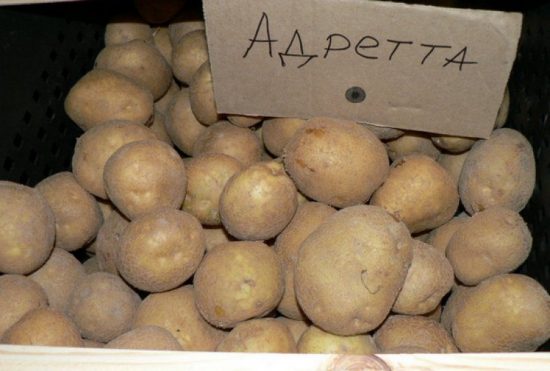
Breeders are constantly working to obtain varieties that are resistant to diseases. But it has not yet been possible to obtain potatoes that are not susceptible to Alternaria. Several varieties have been bred, the resistance of which to this disease is higher than that of the rest.
These include varieties:
- Bronnitsky;
- Adretta;
- Love.
The Bronnitsky variety forms tubers of large sizes. It is especially good for deep fat frying. In addition to resistance to Alternaria, it demonstrates high immunity to blackleg and scab.
The flesh of Adrett’s potatoes has a yellow tint. It is the first edible variety with such properties. It preserves the whole tubers during boiling and is well suited for boiling in their skins.
Lyubava potatoes have white flesh, the shade of which does not change during heat treatment. It ripens early, has a high immunity to Alternaria, but often suffers from scab.
Reviews
Sergey, 45 years:
We plant potatoes all the time. It always did without serious problems, but last year signs of Alternaria were noticed on the bushes. They tried to get rid of this disease with folk remedies, but nothing helped. Therefore, the potatoes had to be treated with chemicals to save the harvest. For myself, I concluded that it is better to spend time treating the seeds before planting, than then trying to cure the disease itself.
Marina, 38 years old:
Alternaria develops in our country for the second year in a row. The first time the harvest was very small because of this disease. Therefore, they did not experiment. As soon as they noticed dark spots, they immediately treated the bushes with Mancoceb. I managed to grow a lot more healthy potatoes. In the future, we will definitely process seed potatoes before planting.
Many nightshade crops suffer from Alternaria. It affects the green part of bushes and tubers. the disease can only be cured by treating the bushes with chemicals. But it is better to spray seed potatoes with biological agents that prevent disease even before planting.
